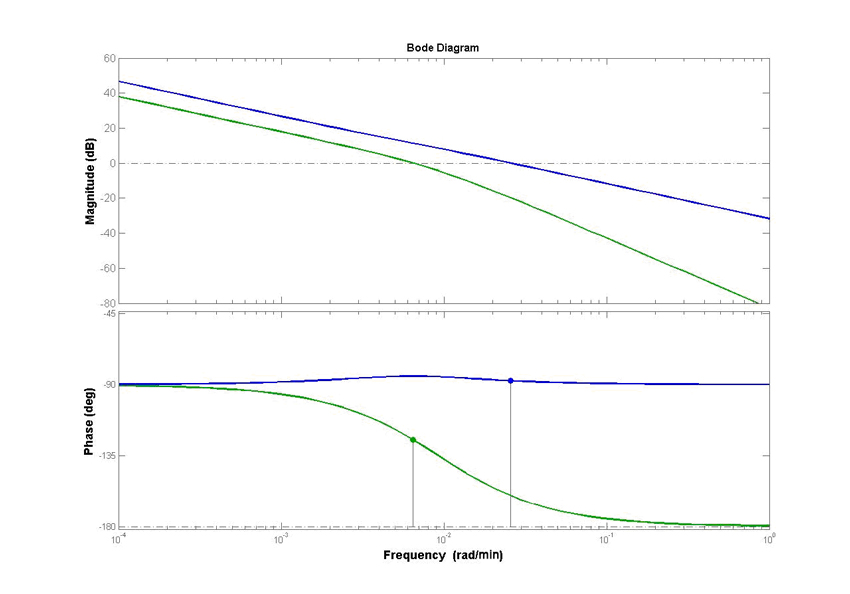Team:IIT Bombay India/CAM
From 2009.igem.org
(Difference between revisions)
Pranayiitb (Talk | contribs) |
Pranayiitb (Talk | contribs) |
||
| Line 28: | Line 28: | ||
'''Objectives''' | '''Objectives''' | ||
| - | |||
1. Characterize the system. | 1. Characterize the system. | ||
| Line 46: | Line 45: | ||
'''Methodology''' | '''Methodology''' | ||
| - | |||
We have 2 control levels. By combination, we have 4 different control loops or structures possible, expressed in 4 different strains. They are as follows:- | We have 2 control levels. By combination, we have 4 different control loops or structures possible, expressed in 4 different strains. They are as follows:- | ||
| Line 93: | Line 91: | ||
[[Image:shetty2.jpg]] | [[Image:shetty2.jpg]] | ||
'' | '' | ||
| - | Fig: Magnitude, phase and sensitivity bode plots for LacI system given in linear model. The green line represents CFS with only C1(s), while blue line represents DFS with both C1(s) and C2(s). The gain margin for both CFS and DFS is ∞. The phase margin is 92. | + | Fig: Magnitude, phase and sensitivity bode plots for LacI system given in linear model. The green line represents CFS with only C1(s), while blue line represents DFS with both C1(s) and C2(s). The gain margin for both CFS and DFS is ∞. The phase margin is 92.2 degree for DFS and 56o for CFS. The increased bandwidth from 0.00428 rad/min to 0.0255 rad/min indicates faster response and improved noise rejection. The CFS has higher peak of 2.92 dB while DFS has no peak, again indicating better noise-attentuation.'' |
| - | 1. The phase margin for a distributed, multiple feedback system (DFS) is 92.2 | + | 1. The phase margin for a distributed, multiple feedback system (DFS) is 92.2 degree, while it is 56 degree for a single, conventional feedback system (CFS). |
2. The bandwidth increases from 0.00428 rad/min to 0.0255 rad/min for CFS to DFS. | 2. The bandwidth increases from 0.00428 rad/min to 0.0255 rad/min for CFS to DFS. | ||
| - | + | For system with IPTG concentration of 1000μM, | |
Revision as of 20:53, 21 October 2009
| Home | The Team | The Project | Analysis | Modeling | Notebook | Safety |
|---|
Control Theory Approach to Study Multiple Feedbacks in Lac-operon system |
 "
"


